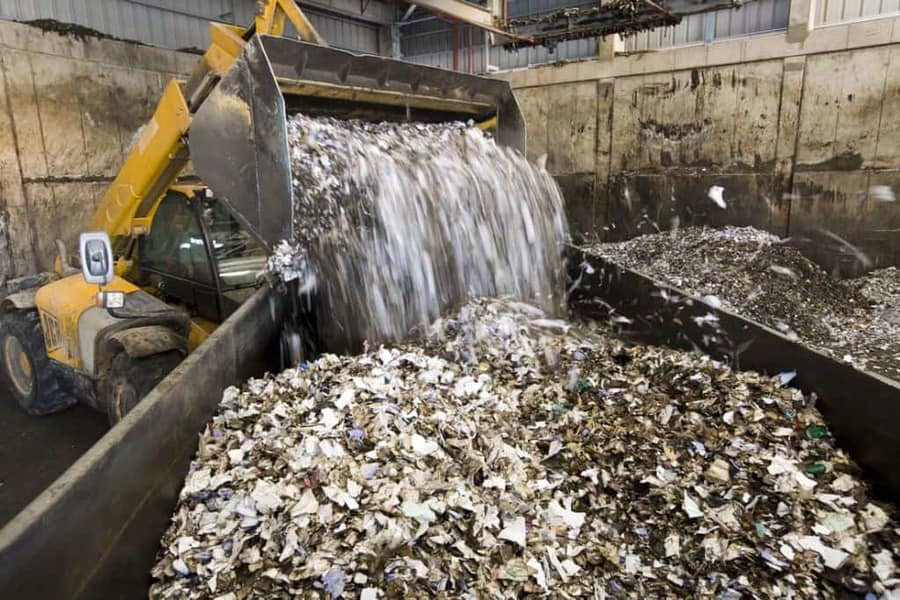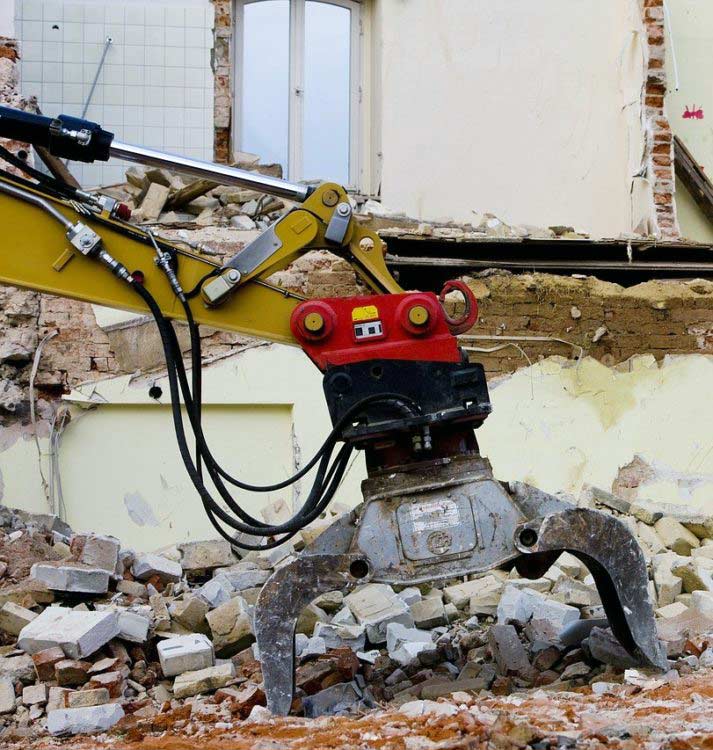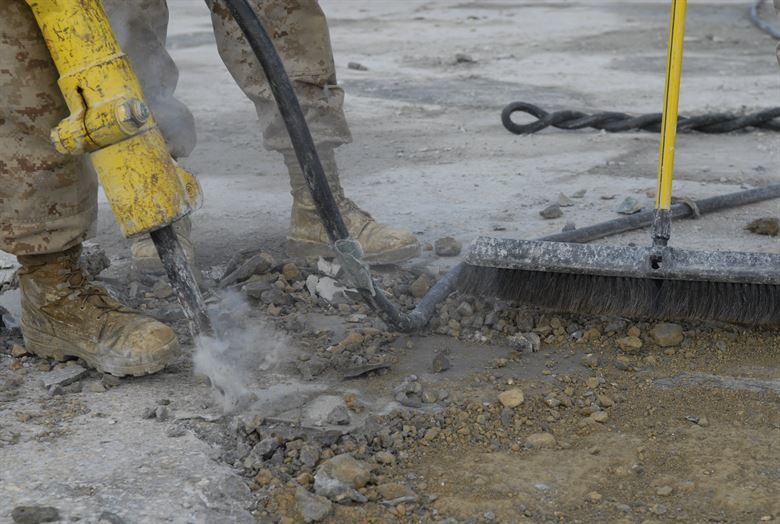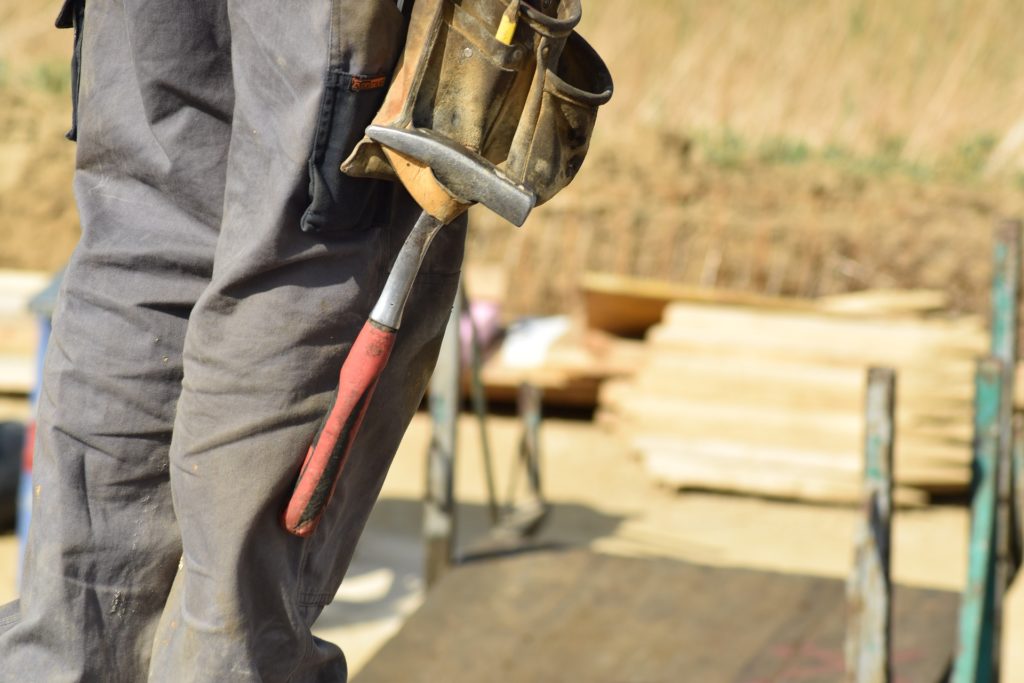What is Environmental Stewardship?
The concept of environmental stewardship is not new. In fact, the term was already discussed by University of Wisconsin professor Aldo Leopold back in 1949 when he pointed out man’s responsibility to ensure the balance in ecology so other living beings like plants and animals will also thrive.
Environmental stewardship in the construction and demolition industry is also not new. In fact, despite the industry that they are in, demolition companies actually have programs in place to reduce their carbon footprint and do their part in protecting the environment.
Environmental Stewardship Defined
Before anything else, however, there’s a need to define environmental stewardship. Simply put, its’ the pursuit of activities and programs to protect and conserve the environment. Included under that umbrella term are recycling, resourcing, restoration, regeneration, and responsible disposal of waste. Simply put, every person should be accountable for his actions in relation to the environment that he or she lives in.
Experts agree that there are three main types of stewards:
- Donor – The donor has the money and he’s the one banking any type of initiative that helps protect and conserve the environment. He also helps raise money for a worthy environmental cause.
- Doer – The doer is the tip of the spear. He’s the one doing the bulk of the heavy work. He’s the only volunteering in case of a clean-up drive, for instance.
- Practitioner – The practitioner, meanwhile, rallies everybody—the government, stakeholders, and corporations—to become environmental stewards. He will also lobby for a legislation that will help advance the cause.
Core Principles of Environmental Stewardship
There are several core principles on the concept of environmental stewardship. All actions relating to the term adhere to these principles.
- Reducing or eliminating pollution – Effective waste management and disposal is needed against toxic chemicals that may harm the environment. Demolition companies have established protocols on how to do this.
- Conserving and maximizing resource – Maximizing resources means sustainability. In this way, people don’t just consume and consume. The idea is that the resource is not perpetual.
- Health and safety – This doesn’t only refer to the workers but also the future inhabitants and the neighbors. Ensuring that the site is free of chemical contaminants is crucial. In terms of the workplace, companies in the demolition industry comply with the requirements set by the occupational safety and health laws.
Do Demolition Companies Have a “Green” Mind?
Some people might find it hard to grasp the concept about the demolition industry being environmentally friendly. After all, don’t they use dynamites to blast buildings away?
Yes, they do use explosives but controlled demolition has come a long way since the early days. The sophisticated technology allows demolition experts to do their jobs with surgical precision. Besides, controlled demolition is just a small part of what they do. For the most part, they exploit first all avenues to tear down a structure with the minimal amount of carbon footprint as possible.
In fact, the demolition industry is one of the most environmentally responsible sectors for many years now because it’s highly regulated. The government and regulatory agencies have imposed very stringent rules not just in the accreditation of the companies but also in each particular project. The documents that needed to be complied with can only be described as kilometric.
However, it’s only recently that the public has become more conscious of green pursuits, the demolition industry included.
Recycling and Demolition Companies
In the public’s mind, you can’t separate environmental stewardship with recycling. That’s because this part is easy to understand. It’s also very tangible and easily measured. When residents recycle at source, state governments can drastically reduce the volume of garbage that ends up in the landfill.
In fact, climate change protocols have adopted carbon trading as a policy to incentivize governments into reducing their carbon footprint. This is one strategy to cut down the amount of greenhouse gases that are emitted to the atmosphere.
But the demolition industry has been at the forefront of recycling for several years now. In fact, at its core, they are essentially maximizing the resource by reusing the land where the building that is about to be demolished is erected. By doing so, they help prevent real estate developers and governments from building on new land.
In fact, only a small volume of construction waste ends up in the landfill. This is due to the “recycle and reuse” policy of most demolition companies.
Types of Recycling Implemented by Demolition Companies
There are many measures adopted by demolition companies to do their part for the environment. Among these are:
Environmental remediation – This is the process of getting rid of the toxic materials and pollutants from a particular area. Contaminated groundwater or soil, for instance, not only poses a health risk of the workers and inhabitants, but also the surrounding neighborhood. This is a highly regulated practice for good reason. You can’t just dump the problem to somebody with no expertise to do it.
Among the technologies used in relation to environmental remediation include:
- Excavation
- Dredging
- Surfactants
- Thermal desorption
- Pump and treat
- Solidification & Stabilization
- Soil vapor extraction
- Oxidation
- Bioremediation and nanoremediation
Debris recycling – Demolition companies are very efficient in terms of waste management. They don’t really go into a project without a clear plan of action. One of the main initiatives is how to maximize the resource by recycling or reusing the construction debris. What are the types of debris that can be recycled?

- Wood
- Porcelain
- Concrete
- Metal and iron
- Iron sheets
- Carpet
- Tiles
- Plastic
- Masonry
Salvaging these parts and reusing them for another purpose will help save money for clients. For instance, some of the materials in the soon-to-be-demolished structure will hold a sentimental value for the owner. These can be salvaged and reused in the new building that will be erected. Of course, it will all depend on the owner’s discretion.
Repurposing – Repurposing is the act of using a construction debris for another purpose. A clear example would be grounding concrete and the resulting product can be used as gravel of alternative cover for landfill. Metal and iron can be reused for the fence or artwork material in the new building. There are literally countless uses of the construction debris and you are only limited by your imagination.
Restoration of Brownfield sites – Brownfield sites refer to sites that are deemed hazardous for human habitation. They need to be contaminated first before the land can be used by the owner. Among the examples of Brownfield sites are abandoned mining sites, gas stations, chemical factories, industrial plants, and the like.
In fact, demolition companies can’t just jump into a project without a concrete recycling or reusing plan. This is outlined in their compliance before getting the permit needed to push through with the project. This plan is required by cities and states. The demolition companies may be required to divert at least 50% of construction wastes for recycling.
Revenue from Construction Waste
There’s another incentive for construction and demolition companies to adopt a policy of recycling — and this is the potential to boost their revenues. In fact, at least 20% of the annual revenues of demolition and wrecking companies can be attributed to recycling. And that’s even a conservative estimate.
On the part of the customers, this industry practice will also benefit them. They can ask the demolition companies to pay them a certain amount to salvage the construction materials for recycling. Not only will this eliminate the problem of cleanup, but the owners will also earn some money on the side.
With all the rigorous laws covering industrial and construction wastes, demolition companies also found an opportunity to boost their revenues. Aside from recycling, they’ve also expanded to asbestos removal, black mold removal, PCBs (polychlorinated biphenyls) management, and the like. These have become part and parcel of their services.
Contact an Environmentally Conscious Demolition Company Now
At Murray Demolition, we take recycling very seriously. While people may think that the demolition industry is exciting because you get to detonate explosives, the reality is that we just do a lot of planning and paperwork. An outsider may even remark that our work is boring. And that’s understandable. In fact, planning is about 90% of our work and only about 10% is the demolition act itself. Our team members are renowned experts in their respective fields and they can tear down a structure with their eyes closed.
After taking on the work, we will do an ocular inspection and an assessment of the worksite. Then a physical inventory will follow to determine which can be recycled or not. You will get the full report and every course of action will be explained fully to you to help you form an informed decision. Finally, you will be given a list of options in terms of the materials to be recycled and how it will benefit you. What are you waiting for? Pick up that phone now or drop us an email so we can address your concern right away!








